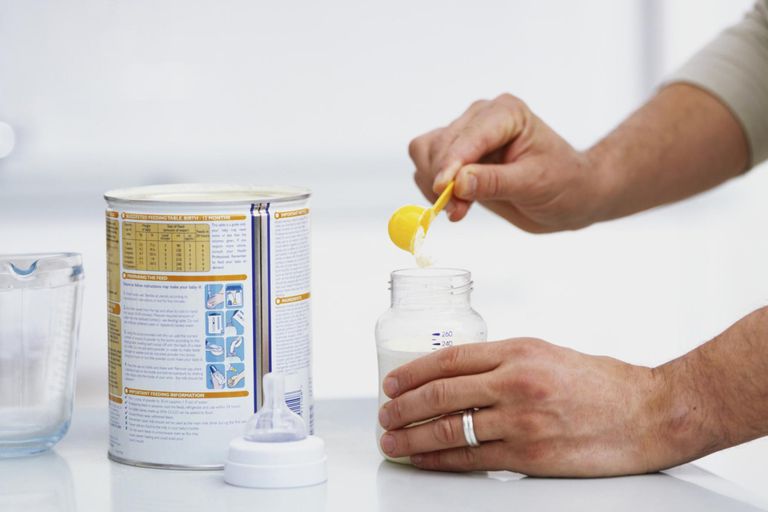Cranial Osteopathy is a technique used by a registered osteopath. They gently manipulate the skull and spine to give relief from certain conditions by releasing stresses and strains in the body.
Cranial Osteopathy for colic?
In babies and children, bones are still pliable and many systems of the body such as the gastrointestinal system are immature. This can lead to babies suffering with trapped gas and wind and it is suggested that the gut can be influenced by cranial osteopathy.
Sometimes a baby may suffer trauma during birth, for example, getting stuck in the birth canal, a rapid birth or even an extremely long birth. When this is the case, the baby can absorb the stresses of the labour and hold tension in their body. Cranial osteopathy is thought to be able to release this tension.
Occasionally instruments need to be used such as forceps and ventouse and this can create a strain across the baby’s neck and skull. This can exhibit as colicky symptoms of excessive crying, poor sleep, etc. In these cases cranial osteopathy can be used to limit the effects of the birth, giving relief to the baby.
What does the research suggest?
There have been a few clinical trials to research the effectiveness of cranial osteopathy. Five of the six trials suggest that there was a reduction in crying time of those who participated. It is suggested that babies should receive three treatments for a marked improvement to a baby’s colic. However, the clinical trials were small and there is no conclusive evidence to suggest that it is effective. I look forward to seeing what further research concludes in larger trials.
Would you like more information about how Colic SOS can help with your baby’s colic? Click here to find out more https://colicsos.com/say-goodbye-to-your-colic-baby/














